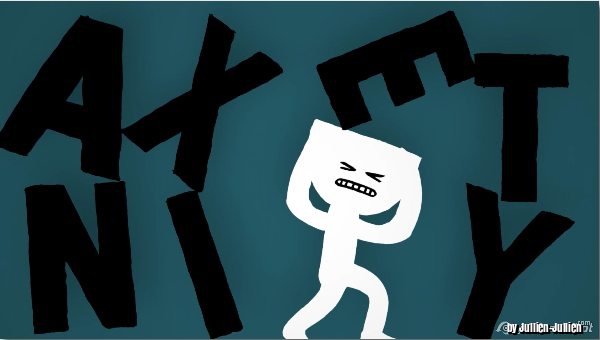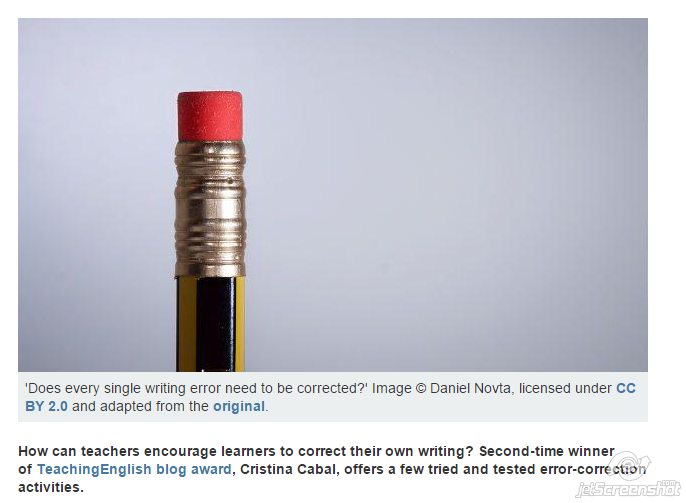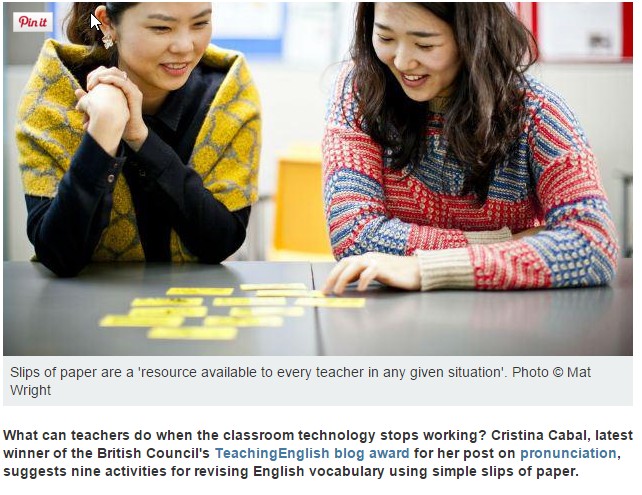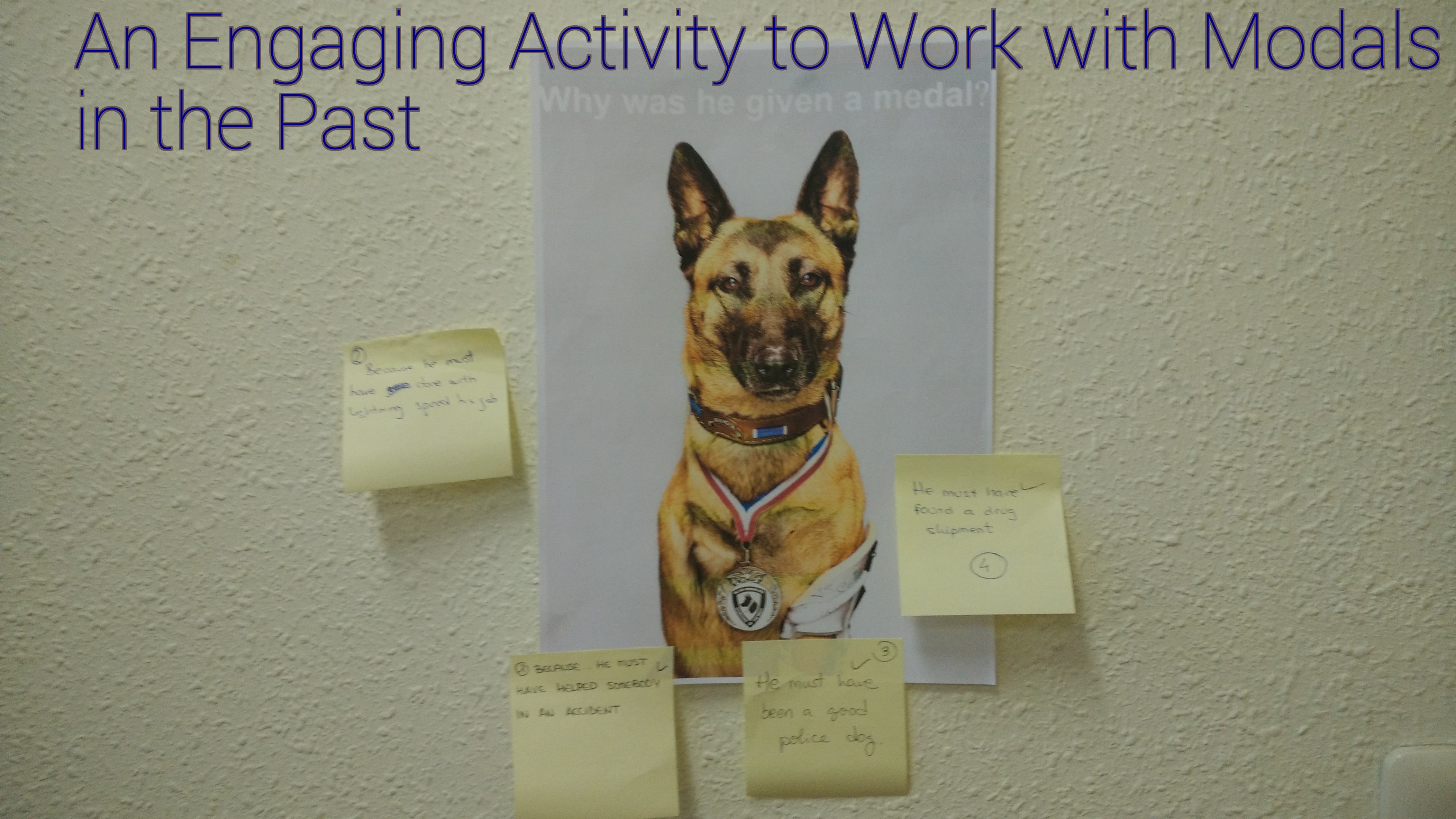There are about 10 ideas for posts on my to-write list, but this is definitely a post I have meaning to write for a long time and that for some reason or another I never got around to writing it.
This post is not about English; it has nothing to do with vocabulary or grammar. It is just a post featuring two tools that might come in handy.

♥ KeepVid might prevent you from having a nervous breakdown when after spending Sunday afternoon preparing activities with content from You Tube or any other video site for the coming week, you find that Internet is not working. Sounds familiar? Of course, as well-seasoned teachers we can always resort to plan B or plan C, but isn’t it terribly frustrating?
Keep Vid is a handy tool for downloading video. As they advertise on their site:
Keep Video Downloader is a free web application that allows you to download videos from sites like YouTube, Facebook, Twitch.Tv, Vimeo, Dailymotion and many more. All you need is the URL of the page that has the video you want to download. Enter it in the textbox and simply click ‘Download’. KeepVid will then fetch download links in all possible formats that the particular site provides.
Remember that if you want to download videos from Facebook, you will need the url. You can get it by right-clicking on the video to get its hidden url.
♥ Downsub.As for the second useful tool, how handy could it be to have a tool that downloads subtitles from YouTube? Very!
Well, this is what http://downsub.com/ does for you. The only thing you need to do is enter the url and choose the language.
Hope this blog post has been helpful! Keep posted!




